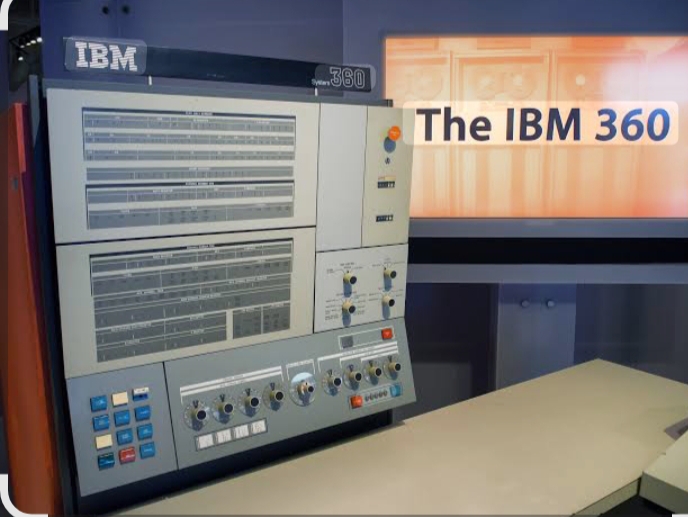Before the cloud, before USB drives, and long before smartphones, there was a time when just a few megabytes of storage looked like magic. Imagine a machine so huge that it needed a crane to lift, a truck to transport, and a team of specialists to operate – all for the same amount of space as a single photo on your phone today. This was the reality of 1956, the year IBM introduced the world to the first commercial hard disk drive. What began as a gigantic experiment would become the foundation for everything we know about digital storage today.
1. A Giant Leap in 1956: The Birth of the Hard Drive
In 1956, IBM introduced something that would forever change the world of technology — the IBM 305 RAMAC. While today you can carry a 1 TB microSD card smaller than a fingernail, the very first hard disk drive required a forklift, a truck, and a dedicated team of engineers just to move it. With a storage capacity of 5 megabytes, this innovation looked like a machine from a science fiction movie — yet it marked the dawn of modern data storage.
2. Meet the Monster: 5MB That Weighed a Ton
The IBM 305 RAMAC was not just a computer; it was an engineering marvel. Its specifications sound almost unbelievable by modern standards:
50 massive disks spinning at 1,200 rpm, each measuring 24 inches in diameter.
A total weight of more than 2,000 pounds (nearly a ton).
Costing businesses $3,200 per month to lease — at a time when $3,200 could buy a house!
And all this for just 5 MB of storage — roughly the size of a single high-quality photo or one MP3 song today.
This machine occupied the space of two large refrigerators and needed careful handling, yet it represented the cutting edge of 1950s computing.
3. Why 5 Megabytes Was a Big Deal
In 1956, 5 megabytes was revolutionary. Before RAMAC, businesses stored data on punch cards and magnetic tapes. Accessing a specific record could take hours. IBM’s new hard disk drive changed everything by allowing direct access to data — something we take for granted today. For banks, insurance companies, and government agencies, this was a breakthrough that enabled faster decision-making and more complex operations.
4. The Road From Cranes to Cloud
The iconic photo of IBM workers loading the RAMAC into a truck with a crane is a perfect symbol of how far we’ve come. Today, a smartphone in your pocket can store over 200,000 times more data than the entire RAMAC system. Portable drives, SSDs, and cloud storage have made data accessible anywhere, anytime. What once needed a team of people and a warehouse now fits in your palm and uploads to the internet in seconds.
5. Legacy of the IBM 305 RAMAC
The RAMAC was only in service for a few years, but it paved the way for everything we know about modern storage — from floppy disks to hard drives, flash memory, and beyond. It was a symbol of human ambition and innovation: building something impossibly large to solve an impossibly complex problem.
6. From Humble 5 MB to Terabytes
In less than 70 years, we’ve advanced from a 5 MB room-sized monster to microSD cards that can hold multiple terabytes. The RAMAC reminds us that every giant leap in technology begins with a single, often imperfect, step.



